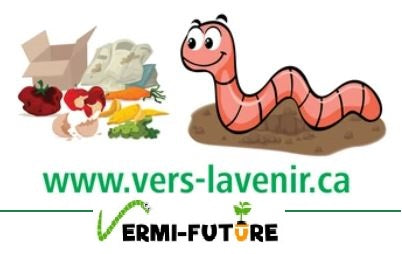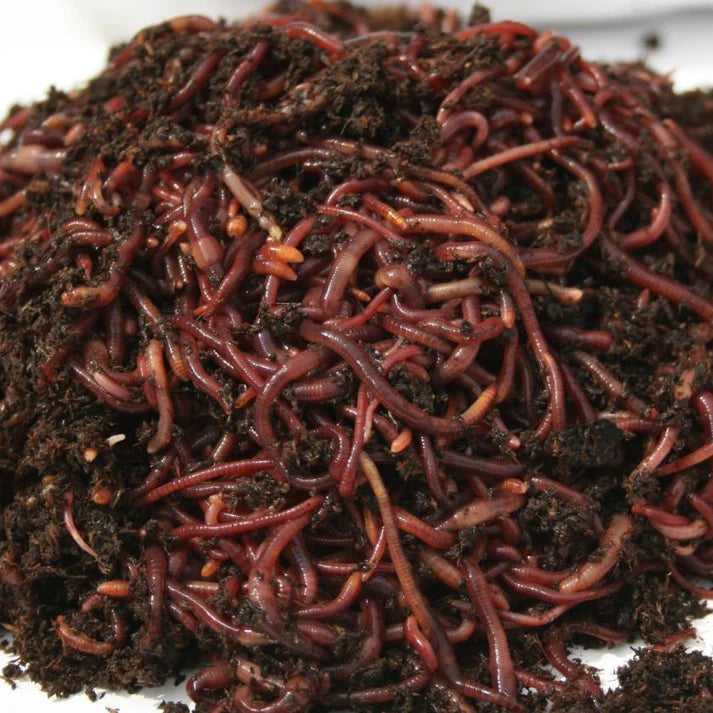Composting with red wigglers is a fantastic way to turn your kitchen scraps and yard waste into rich, nutrient-dense soil for your garden. These industrious little worms work tirelessly to break down organic material, but they do need a bit of help from you to thrive. Here are five essential tips to ensure your composting venture with red wigglers is a resounding success.
- Start with a Suitable Habitat
Before you introduce red wigglers into your life, ensure they have a comfortable home to live in. A well-ventilated compost bin that shields them from extreme temperatures is crucial. You can find a variety of composting bins suitable for red wigglers at Vers l'Avenir, designed to provide the ideal environment for your worms to flourish.
- Feed Them the Right Stuff
Red wigglers aren’t picky eaters, but they do have dietary preferences. They thrive on fruit and vegetable scraps, coffee grounds, eggshells, and tea bags. However, avoid adding meats, dairy products, oily foods, and citrus peels, as these can attract pests and create an acidic environment that's harmful to your worms. For a detailed list of suitable worm feed, visit our Red Wigglers page.
- Keep the Bedding Comfortable
The bedding is more than just a place for your worms to live; it's also a source of food. Start with moistened shredded newspaper, cardboard, or coconut coir. The bedding should be kept moist but not soggy to prevent drowning your worms or creating an anaerobic environment. Periodically fluff the bedding to prevent matting and to ensure adequate airflow.
- Maintain the Right Temperature and Moisture Level
Red wigglers prefer temperatures between 55°F and 75°F (13°C to 24°C). If you’re composting outdoors, protect your bin from direct sunlight in summer and insulate it during winter. The moisture level within the bin should resemble a wrung-out sponge. Too dry, and your worms will dehydrate; too wet, and they could drown. Monitor the moisture level regularly and adjust by adding dry bedding or water as necessary.
- Harvest Compost Regularly
When done right, your red wigglers will produce a steady supply of compost. Harvesting this "black gold" regularly prevents the bin from becoming overcrowded and ensures a continuous cycle of feeding, composting, and harvesting. Depending on the size of your bin and the number of worms, you can expect to harvest compost every 3 to 6 months.
Conclusion
Embracing composting with red wigglers is not only a step towards sustainable living but also a rewarding activity that benefits your garden. By providing a suitable habitat, feeding them correctly, maintaining the bedding, and keeping an eye on temperature and moisture, you'll create a thriving compost system. Remember, regular harvesting keeps the cycle going, ensuring your garden is always supplied with rich, organic compost.
For all your composting needs, from bins to worms, Vers l'Avenir has you covered. Our selection is tailored to help you succeed in your composting journey with red wigglers. Start today and transform your waste into a resource that nourishes your garden.
